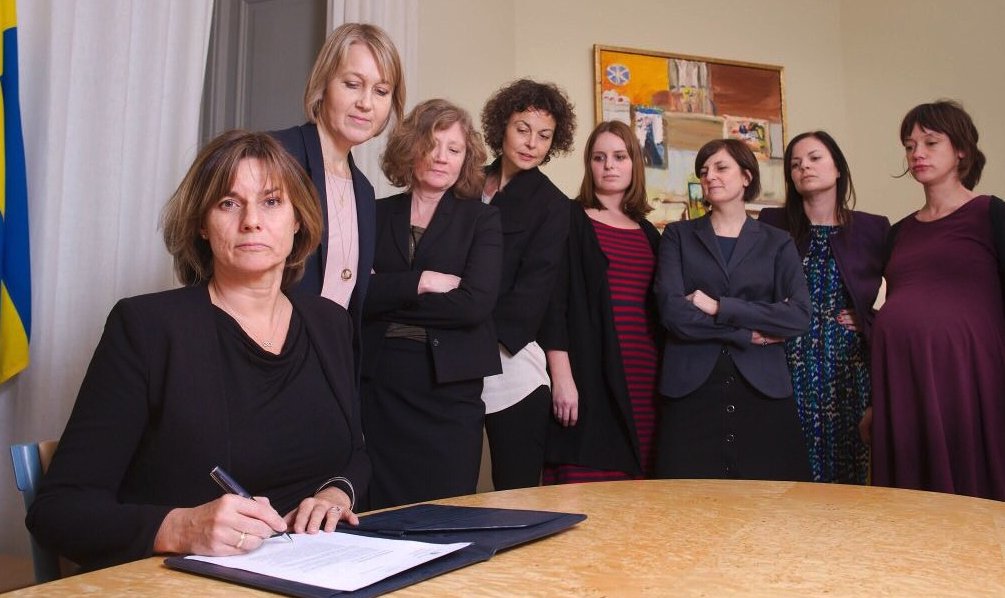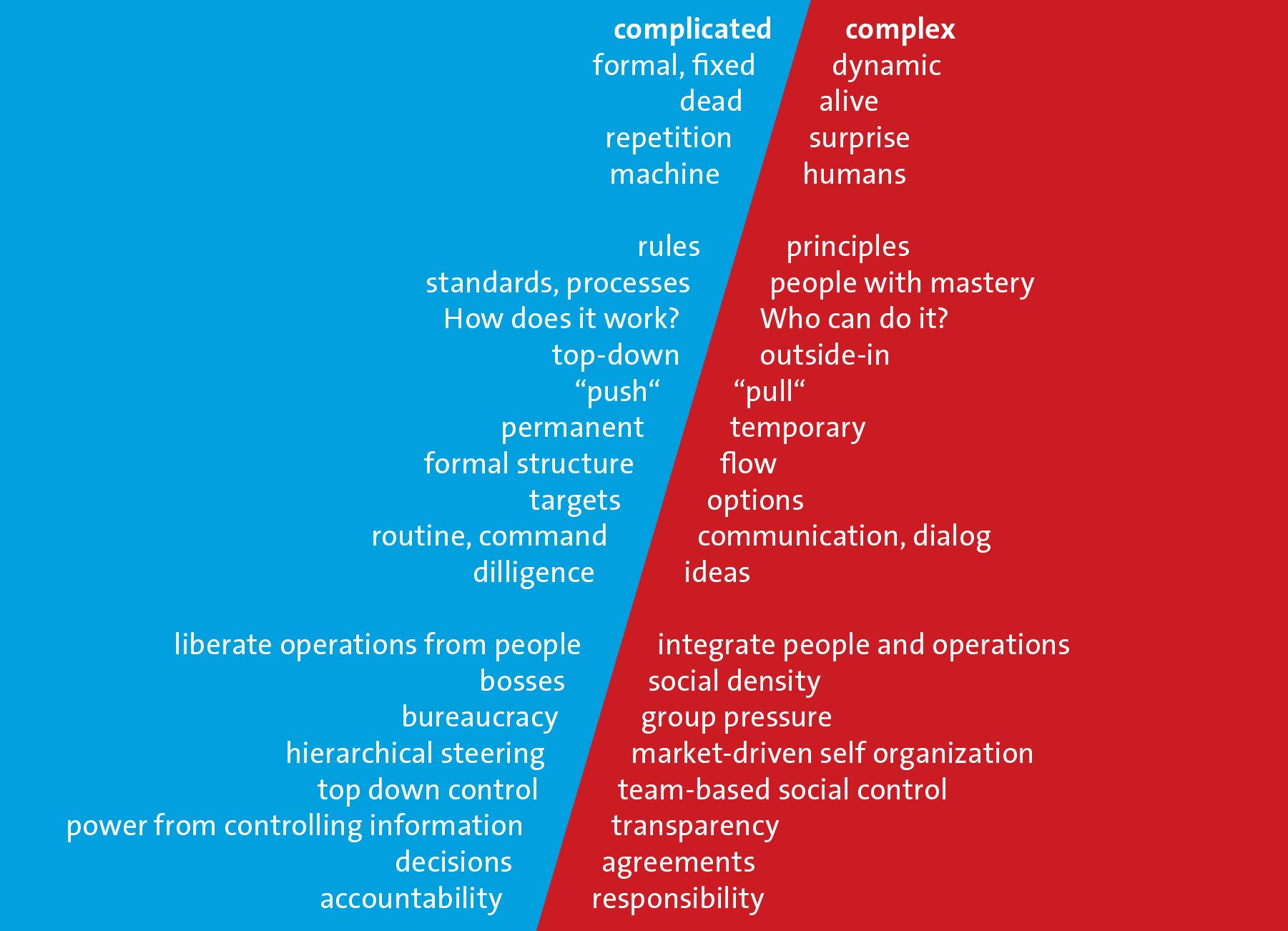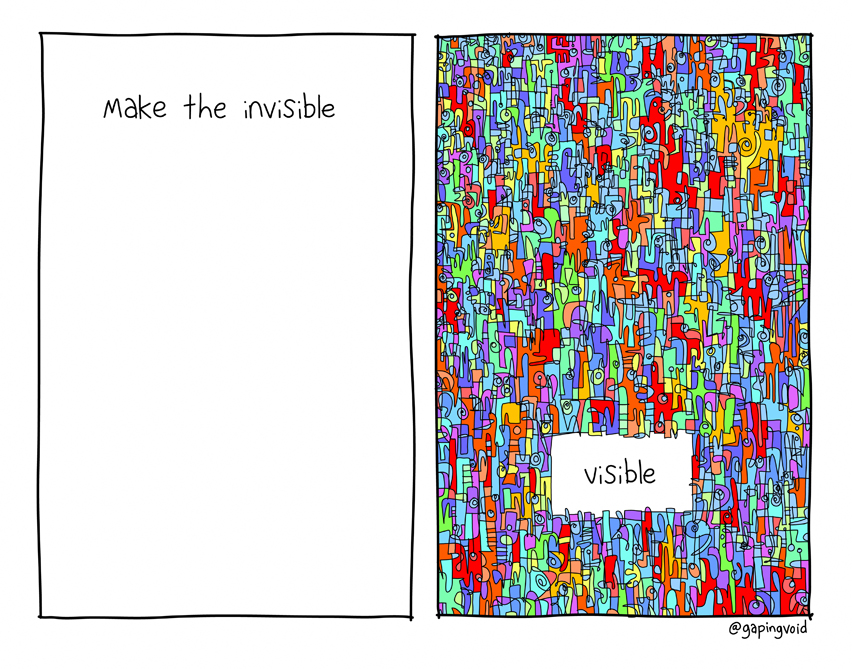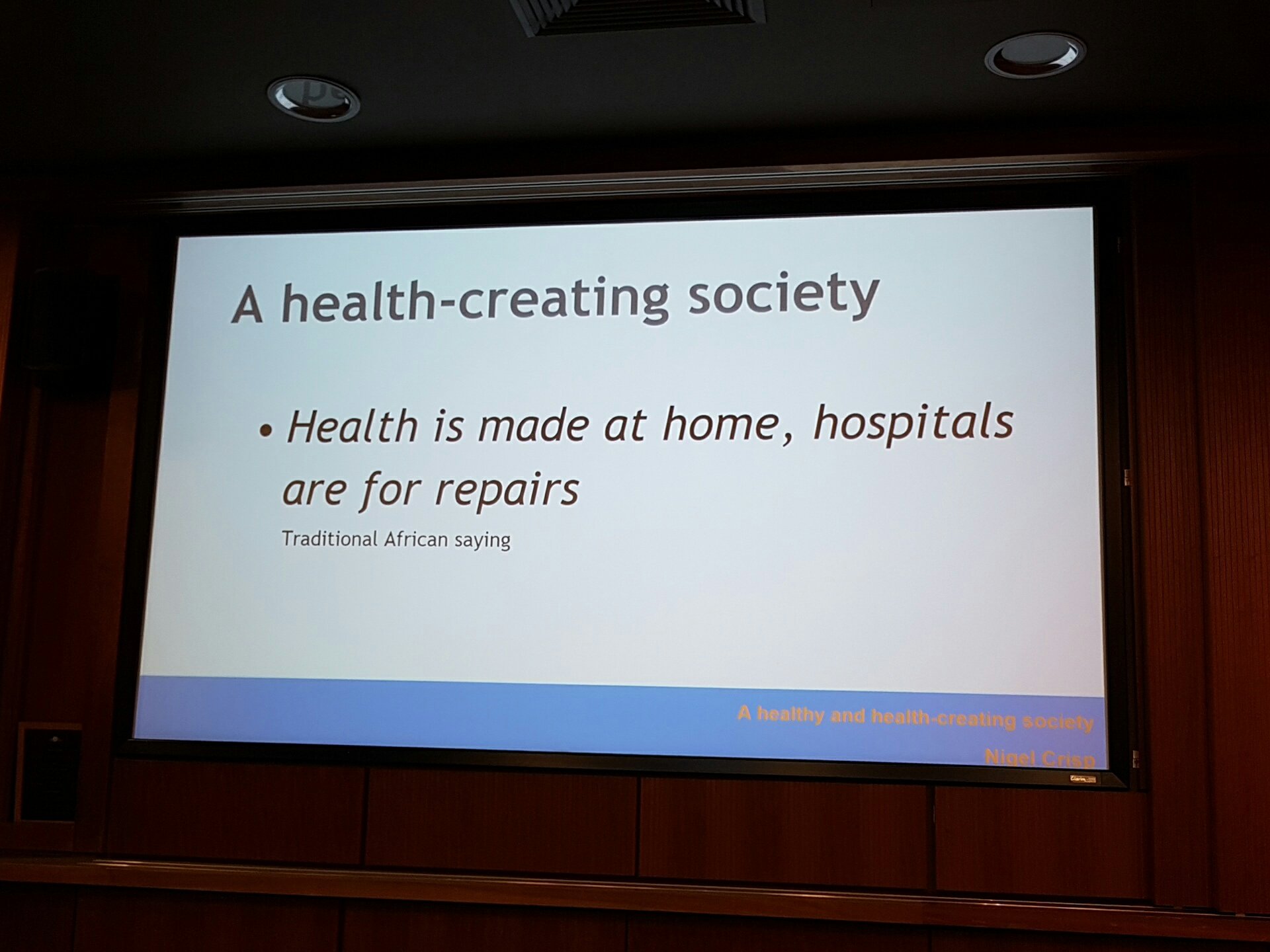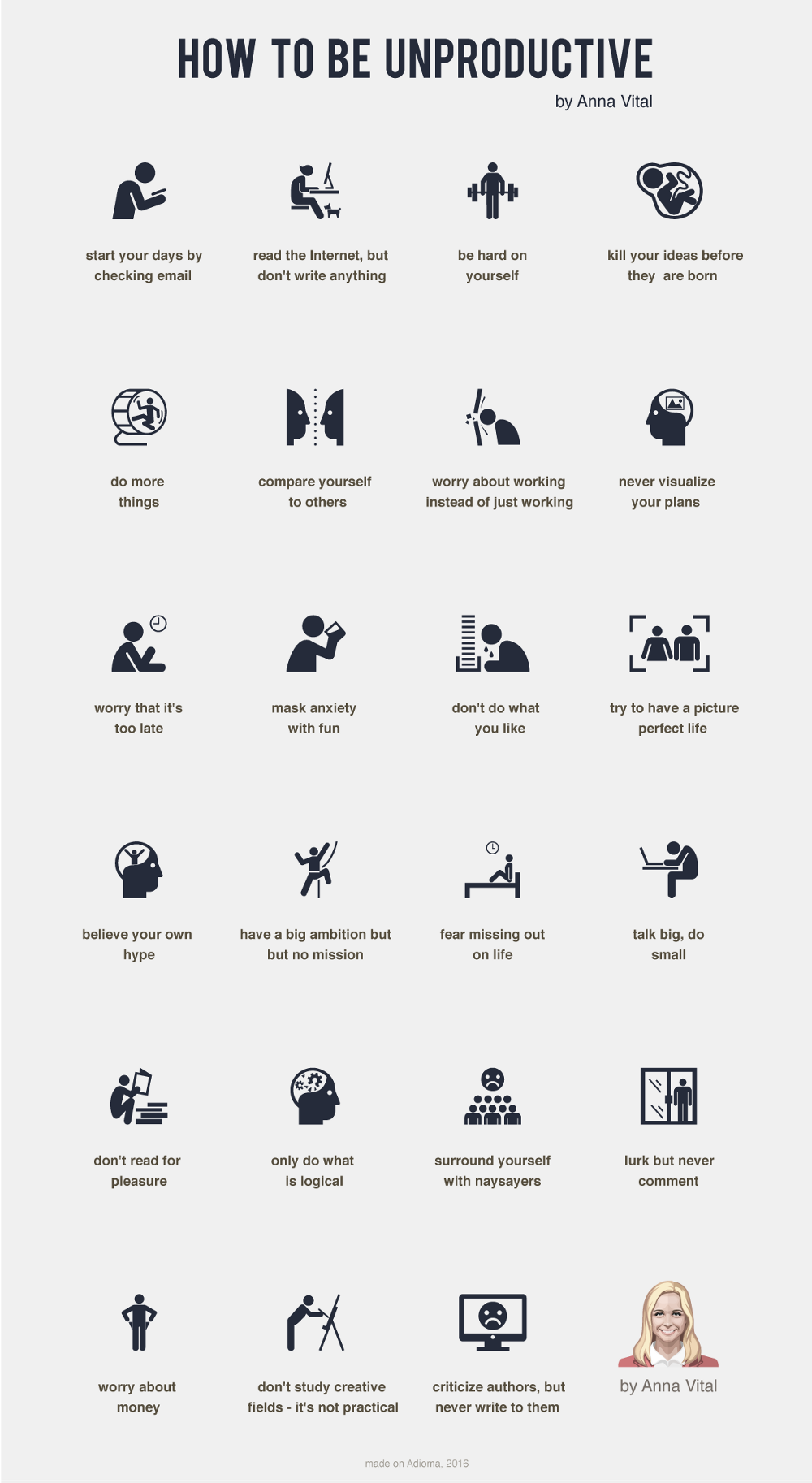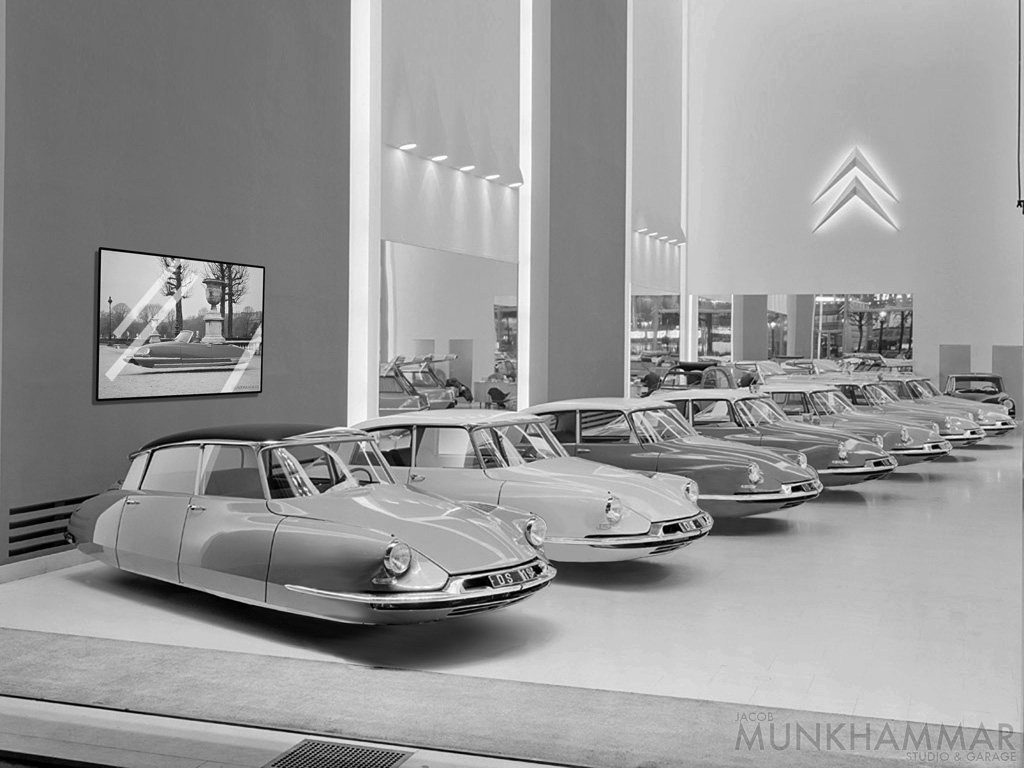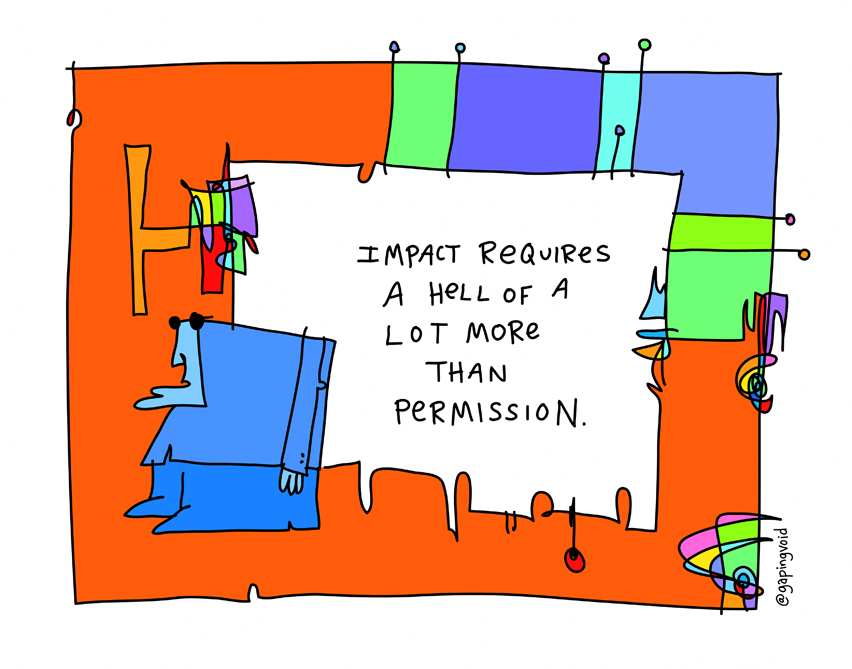Not long ago, if someone mentioned the work "network"; we thought: TV or radio.
Now we think: Facebook, LinkedIn, Twitter… these networks have become far more valuable to us. They exist because we contribute to them. They are where our best ideas can spread and have impact. Sometimes they even democratize power.
Of course they are more powerful than an individual… even a powerful individual- and they are more powerful than the ‘old’ networks, because they carry our voice.

It follows that what we can do as part of a network, as part of a collective, is far more impactful than what we can do all by ourselves.
Are you using all the networks available to you to amplify your voice?
Image and text by @gapingvoid
Not so long ago – yesterday night to be accurate, I once again realized how hard it is to convince French Medical Doctors of this obvious reality. Being very busy working alone and only having trust in "authorities" keeps being the rules to them… the network being considered as a futile place where others are wasting time.
Weirdly enough, lots of people talk about a Web 3.0 or 4.0 or even 5.0 in health (yes, 5.0) when the very basics of the Web 2.0 remain largely to be understood (you know, no longer a hierarchy, but a network; a meshed society with the people inside… and maybe one day joined by their care givers as soon as they have left both their pedestal and the tyranny of "what is validated from above").
